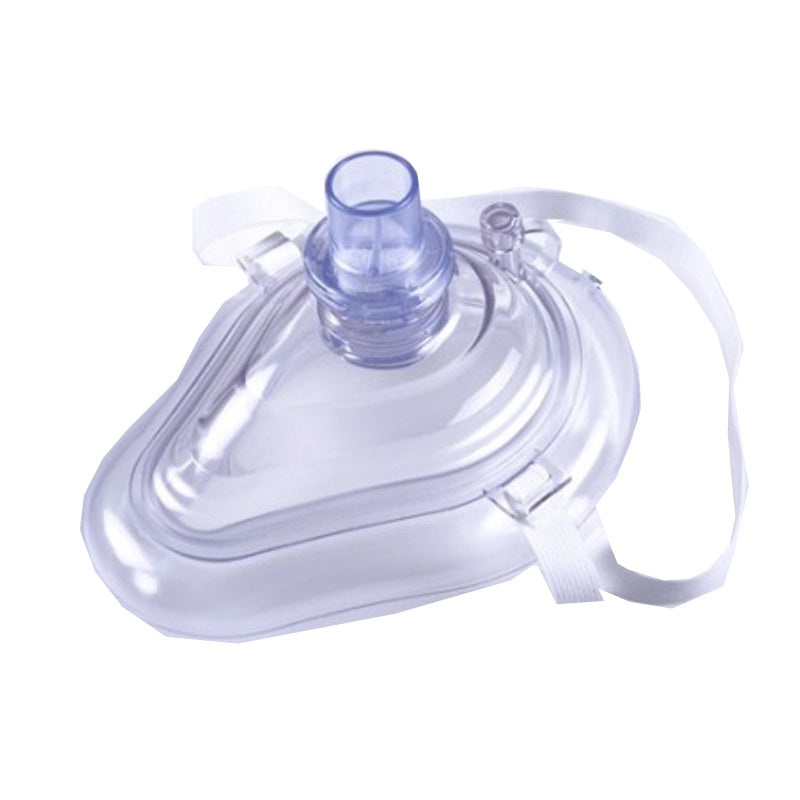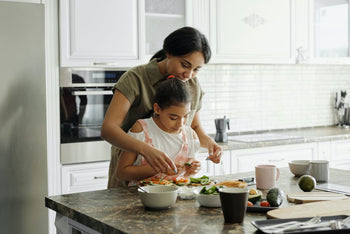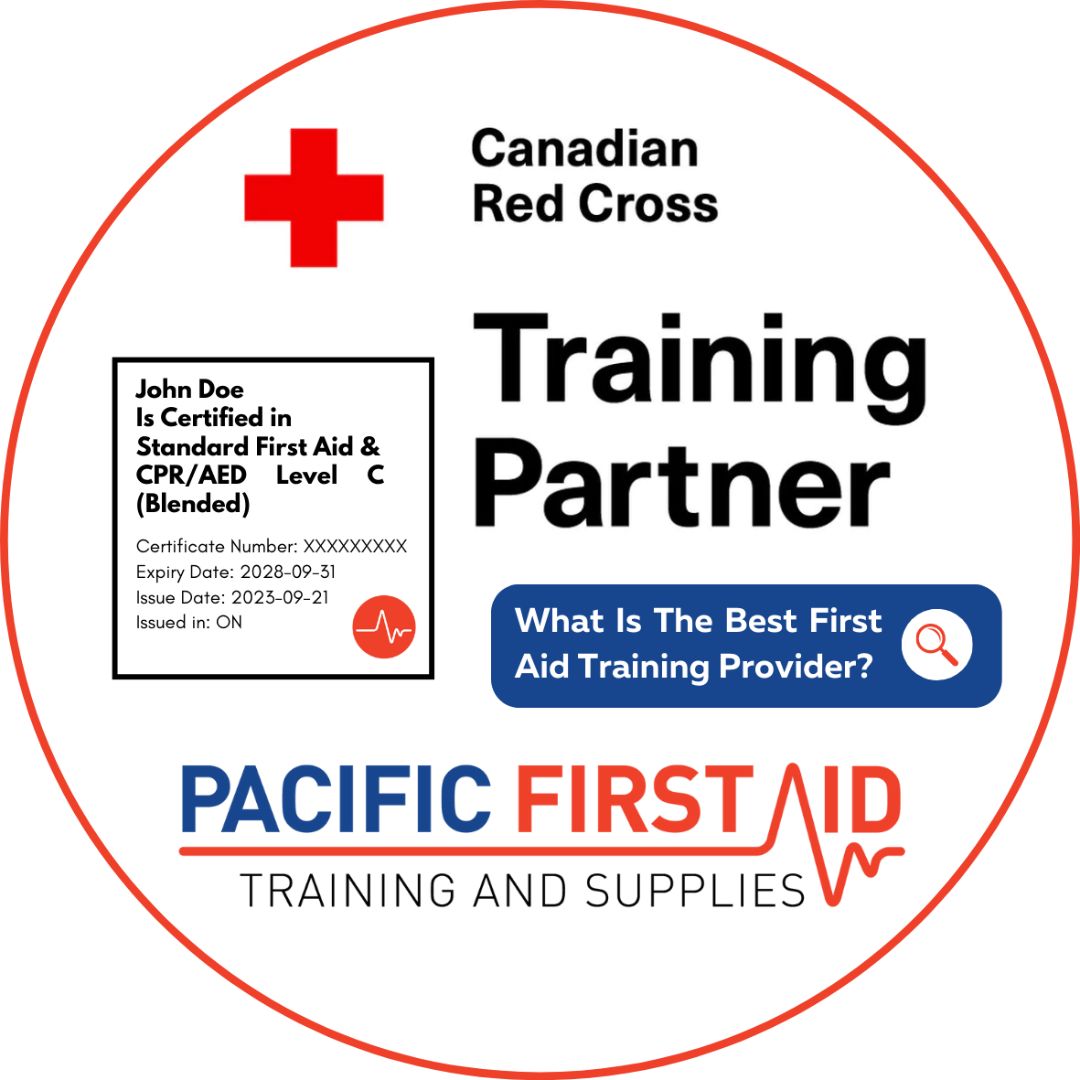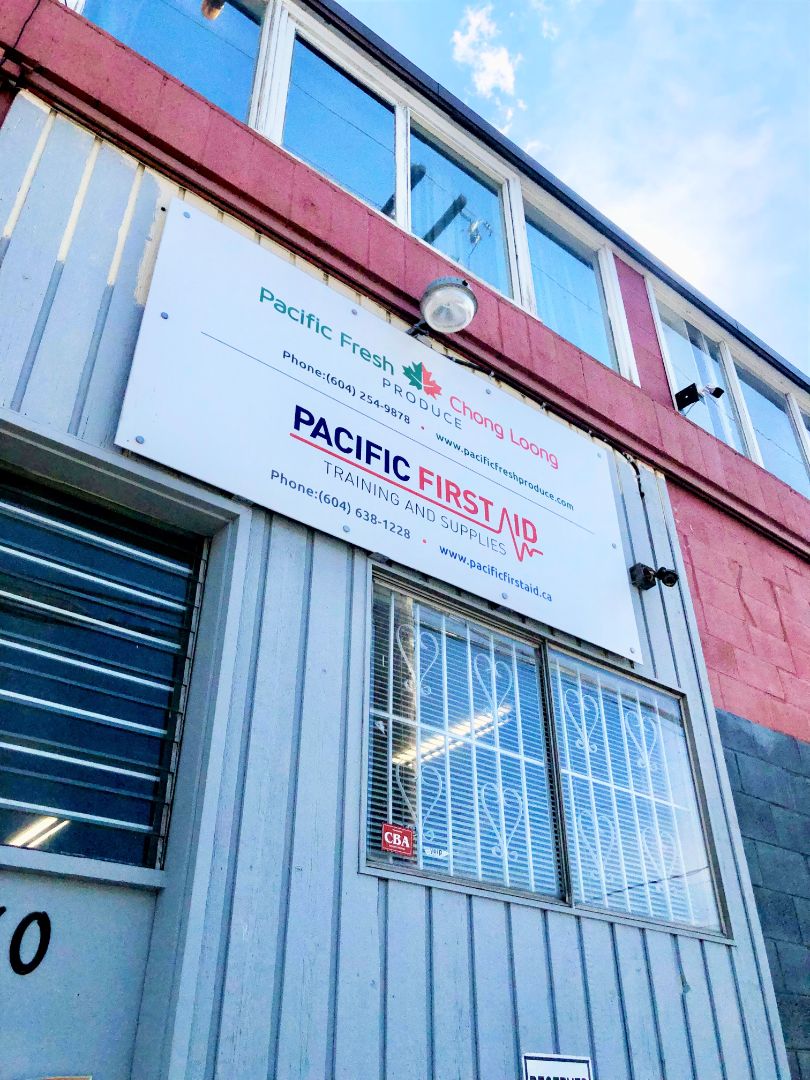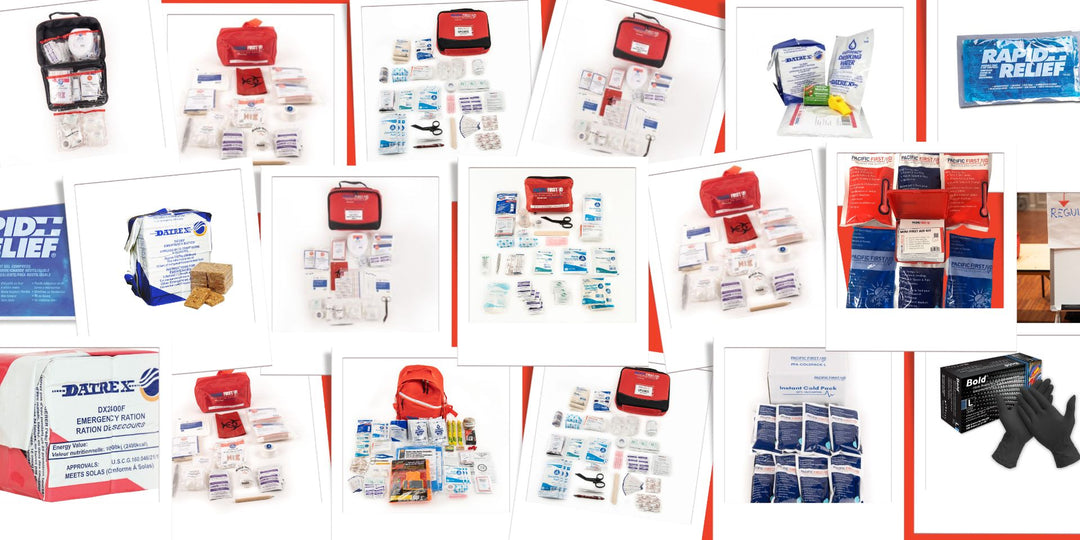
Safety In the Kitchen: First Aid Edition
Whether you’re the cook in your family or work in a restaurant or cafeteria facility, basic kitchen safety is always a priority. No matter how much training you’ve received, you can still cut, burn or hurt yourself and others. Pacific First Aid offers a Food Safety online course that provides food handler training that meets all regulatory requirements. You’ll learn about sanitation, what makes a safe workplace or home kitchen as well as how to handle injuries. In this article, you will learn about different types of burns, cuts and injuries and how to tend to them.
Burns
When you’re in the kitchen, it’s important to be aware of different types of burns. The first one being surface burns. This occurs anytime your skin touches a hot surface: glass baking dishes, stove tops, inside of an oven or metal handles. The moment this happens, place the burn under cool (not cold) water for 5-10 minutes. If your burn blisters, don’t break the skin. Another common burn is from flames. If you come into contact with flames (whether from a stove, pan/food that catches fire or blowtorch), rinse under cool water immediately. If your skin has been exposed longer than a few seconds, you may need emergency care. Next up is liquid and steam burns. Burns from boiling water-based liquids can be very dangerous, but are easier to soothe. If this happens, you can apply a burn cream. You can add this cream to your own kitchen first aid kit so you always have it on hand. Finally, we have chemical burns. These are less common in most households, but when they do occur, it’s important to rinse your skin in cool water. Most manufacturers label their chemicals, which explain how you should or shouldn’t use them. Taking a food safety online course will teach you all the basics when it comes to kitchen first aid.
Cuts
If you injure yourself from a cut, it can take a few different forms depending on the object you’re using. If you gave yourself a clean cut using a knife, the first thing you want to do is flush it out with cool water to remove any bacteria and help stop blood flow. If the cut is more than an inch wide, you may have to seek medical care. If you have any type of irregular cut (this includes multi-blade wounds or the wound is messy), you may need extra medical care or stitches. All workplace kitchens are required to have first aid kits on the premises. In the event that it doesn’t stop bleeding, cover it (use a bandage, if not a cloth will work in the meantime) and apply pressure.
Electric Shock
When you’re in the kitchen, make sure your appliances are placed away from the sink and make sure the cords aren’t frayed. Most electrical shock in the kitchen isn’t serious, but when it is, it can cause internal damage, burns or cardiac arrest. If the shock is on the stronger side, seek medical attention immediately.
Eye Injury
When you’re in the kitchen, many things can get in your eyes (liquids, dry ingredients, acid, oils and kitchen tools). If this does happen, the best thing you can do is not rub your eyes. If you rub too hard, you can damage your cornea. In most instances, you can simply run your face and eyes under cool water. If a larger object is stuck in your eye, go to the doctor.
Kitchen first aid is great for the everyday person or professional chef as it will leave you feeling prepared should anything happen. Pacific First Aid’s Food Safety online course gives you the chance to learn at your own pace and gives you the tools to respond in many different situations.


